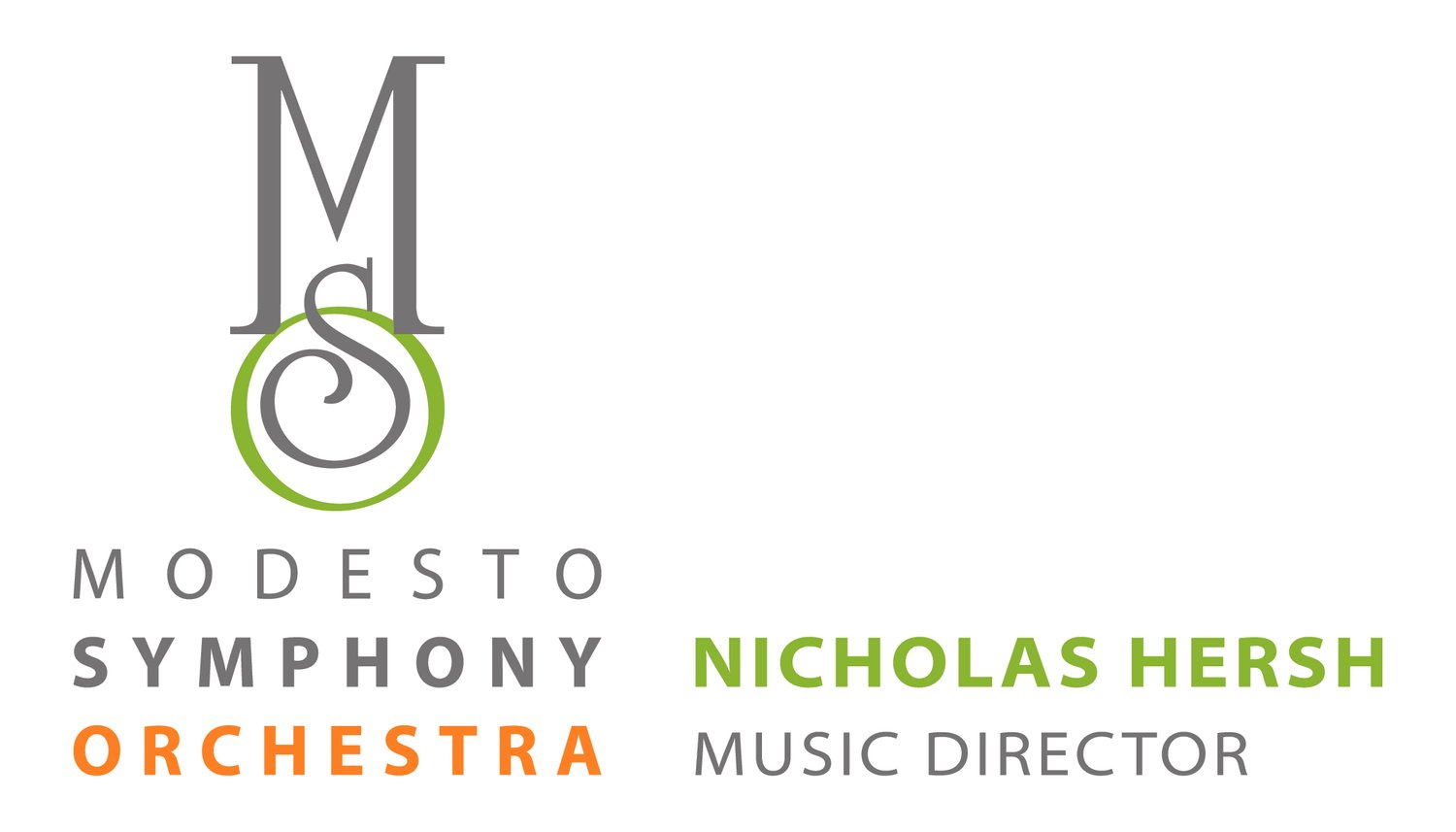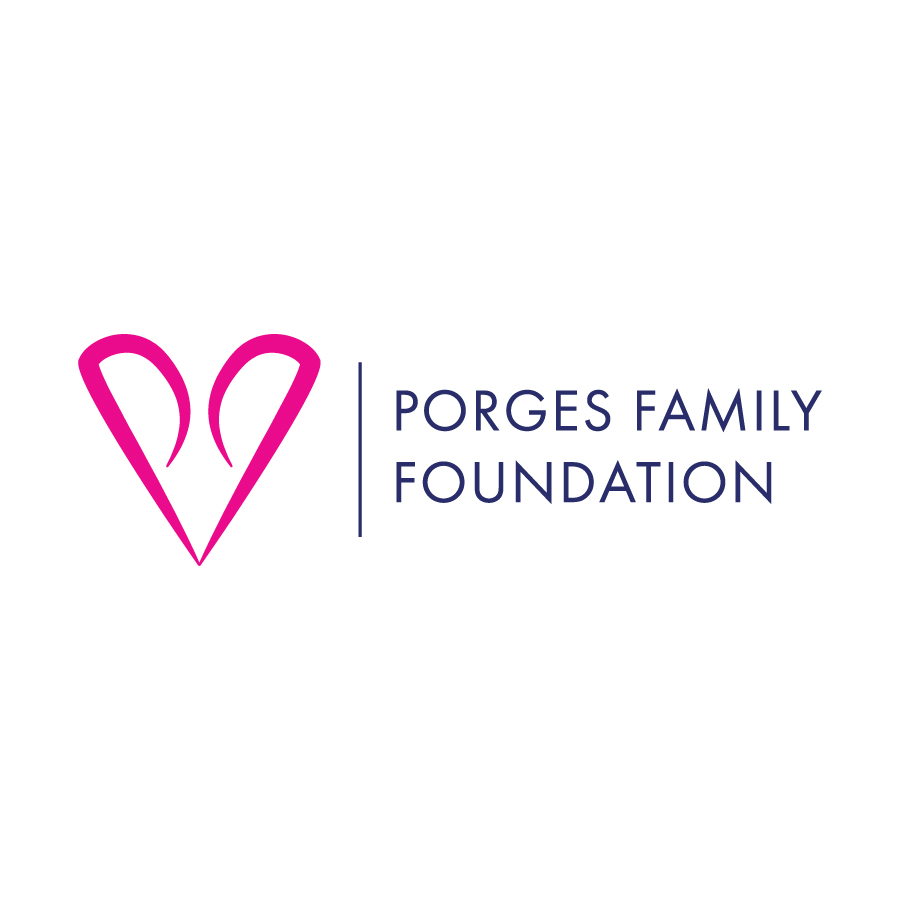Read / MSO’s Favorite Motown Stars!
Motown, a term derived from Detroit’s nickname, “Motor City”, started as a record label founded by Berry Gordy Jr. in the late 1950s. The label was instrumental in integrating Black musicians and artists into popular music during the 1960s and 1970s. Motown music became its own genre, blending soul and pop together into one. Berry Gordy was directly involved in auditions for the label – often scouting key talent himself in clubs, or sitting in on auditions. For this year’s Picnic at the Pops, we wanted to highlight some of our favorite Motown artists and their hits that you’ll be able to hear live performed by the Modesto Symphony Orchestra!
Stevie wonder
Stevie Wonder circa 1973
Stevland Hardaway Morris, better known as his stage alias, Stevie Wonder, is one of the best selling and awarded musicians of all time. Signed to the Motown label at only 11 years old, he was quickly taken under Berry Gordy’s wing. His single Fingertips, released when he was 13, rocketed to the number 1 spot of the Billboard charts, making him the youngest solo artist to receive the number 1! Even if you aren’t an active Motown fan, there’s no doubt that you’ve heard a tune from this legendary artist before. Not only a talented artist, Wonder is a dedicated activist, known for his campaign in the 80s to make MLK Jr’s birthday a federal holiday.
At this year’s Picnic at the Pops, we’ll be performing Superstition, which is probably one of Wonder’s most iconic songs. Even just saying the name probably has you humming the beat and thinking of Wonder’s vocals. Superstition was a number 1 Billboard single, earned Wonder two Grammys, and is #12 on Rolling Stones’ Top 500 songs of all time.
Diana ross
Diana Ross circa 1976
Diana Ross started as an aspiring fashion designer, believe it or not. At age 14, she enrolled in Cass Tech High School, taking classes in design, pattern making, and tailoring. When she turned 15, she took a “side gig” as the lead singer of the Primettes (sister group to the Primes). After receiving success at smaller gigs and sock hops, she approached her old neighbor, William “Smokey” Robinson about auditioning for Motown. Gordy was enchanted by her singing, but after hearing how young the group was, he opted to advise them to finish their education. After being signed on in 1961, Ross’s rise to stardom was just beginning. Her solo career launched in 1970, and she quickly found success in music and film. Her stellar singing and unmatched charisma could not be denied.
One of our favorite Diana Ross songs is Touch Me in the Morning. It hit No.1 on the Billboard 100 chart, and remained on that chart for a consecutive 21 weeks! It came out shortly after her Academy Award nomination for Best Actress in Lady Sings the Blues, and it completely reinvigorated her singing career. No one can deny the power of Ross’s vocals, and they truly shine in this classic.
Marvin Gaye
Marvin Gaye circa 1973
Marvin Gaye was a critical part of shaping Motown’s sound in the early 1960s, earning him the nicknames ‘Prince of Motown’ & ‘Prince of Soul’. He’d become known for his success as a solo act, and for his influence on several R&B genres. After a few failed attempts at charting with other groups, Marvin would catch the attention of Berry Gordy when performing at his home for a Christmas party. Gordy was immediately impressed with Marvin, and negotiated him out of his previous contract, to sign on with Motown. Marvin would go on to record many beloved duets with some of Motown’s most iconic female singers, including Diana Ross, Tammi Terrell, and Kim Weston. In the 1970s, he would record two albums, marking him as one of the earliest artists in Motown to produce independently. With his numerous awards and high ranking on Rolling Stones listings and how critical his music is to pop culture, it is without question, that Marvin Gaye is one of the most influential soul artists of all time.
How Sweet It Is is one of Gaye’s most iconic songs from his Motown days. By January 1965, just 4 months after the singles released, it had sold nearly a million copies, making it his most successful single at that point in his career. And it is no question why – his velvet-quality vocals and the piano riff, matched with the rhythmic tambourine make the perfect recipe for a perfect feel-good classic.
Lionel richie
Lionel Ritchie circa 1984
Lionel Richie kicked off his music career in 1968, after deciding to abandon becoming a priest, as he felt he wasn’t exactly “priest material”. Despite not even knowing how to read or write music, he joined the Motown group “Commadores” as a co-lead singer. While originally the group was meant as a support act to the Jackson 5, they quickly stood out on their own, with a combination of funky tunes for dance like Brick House, and Richie’s romantic ballads, such as Still. 1981 marks Richie’s start of his successful solo career, with his duet Endless Love with Diana Ross, which topped international charts. Over the course of his career, he’s sold over 100 million records worldwide, earned four Grammys, an Academy Award and Golden Globe for his song Say You, Say Me, and Congress recognition, making him one of the most successful music artists of all time.
It's really no wonder that All Night Long is such a classic Richie hit. It is the embodiment of “forget your troubles and woes, and just dance the night away!” Richie’s smooth vocals flow effortlessly with the beat of the song, while the music is full of boundless energy that just makes you want to get up and groove!
Martha Reeves
Martha Reeves circa 1974
Martha Reeves, lead singer of Martha and the Vandellas, should be praised for her passion for performance. At the age of 19, she was working multiple day jobs, and singing in jazz clubs. While performing one evening, she was scouted by a Motown executive, who invited her to an audition the very next day. Her unique gospel-trained vocals launched the group to quick distinction from other Motown girl groups, producing hit singles such as Heat Wave, Quicksand, and their most popular Dancing in the Street. Martha’s vocal talent, hardworking attitude, and her commitment to improving conditions for musicians in the industry by speaking to Congress in 2007 to increase royalties for artists – she truly is a pinnacle of Motown.
Dancing in the Street is Martha and the Vandellas most popular single, and just listening to it, it’s clear why. The jazzy high energy music, and Martha’s powerful voice rings out, just making you want to get up and dance. It has been the subject of many covers, although there is no denying the original!
Come listen to these Motown hits and many more performed at Picnic at the Pops! this September 7th at the GALLO Grounds!




































